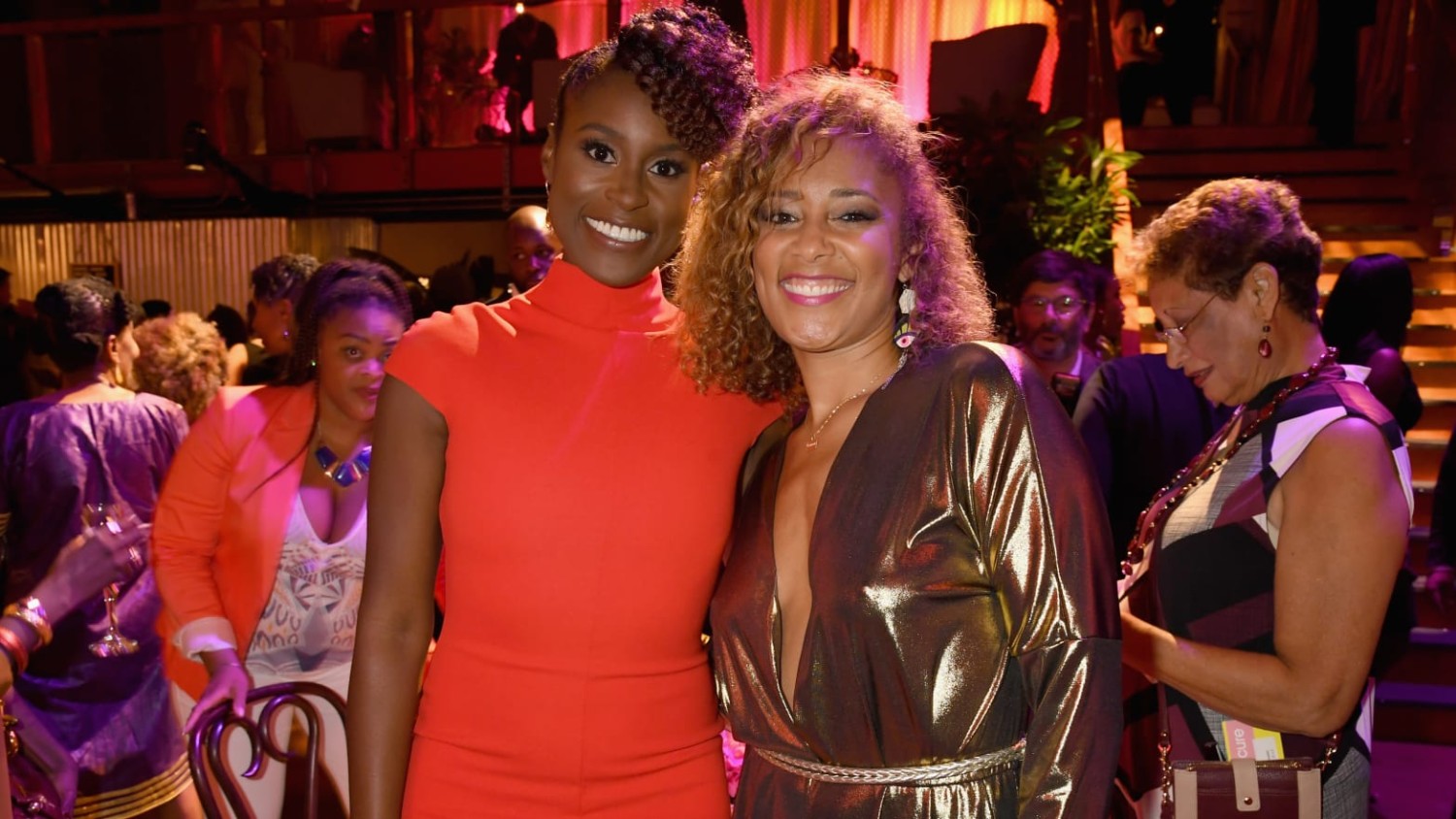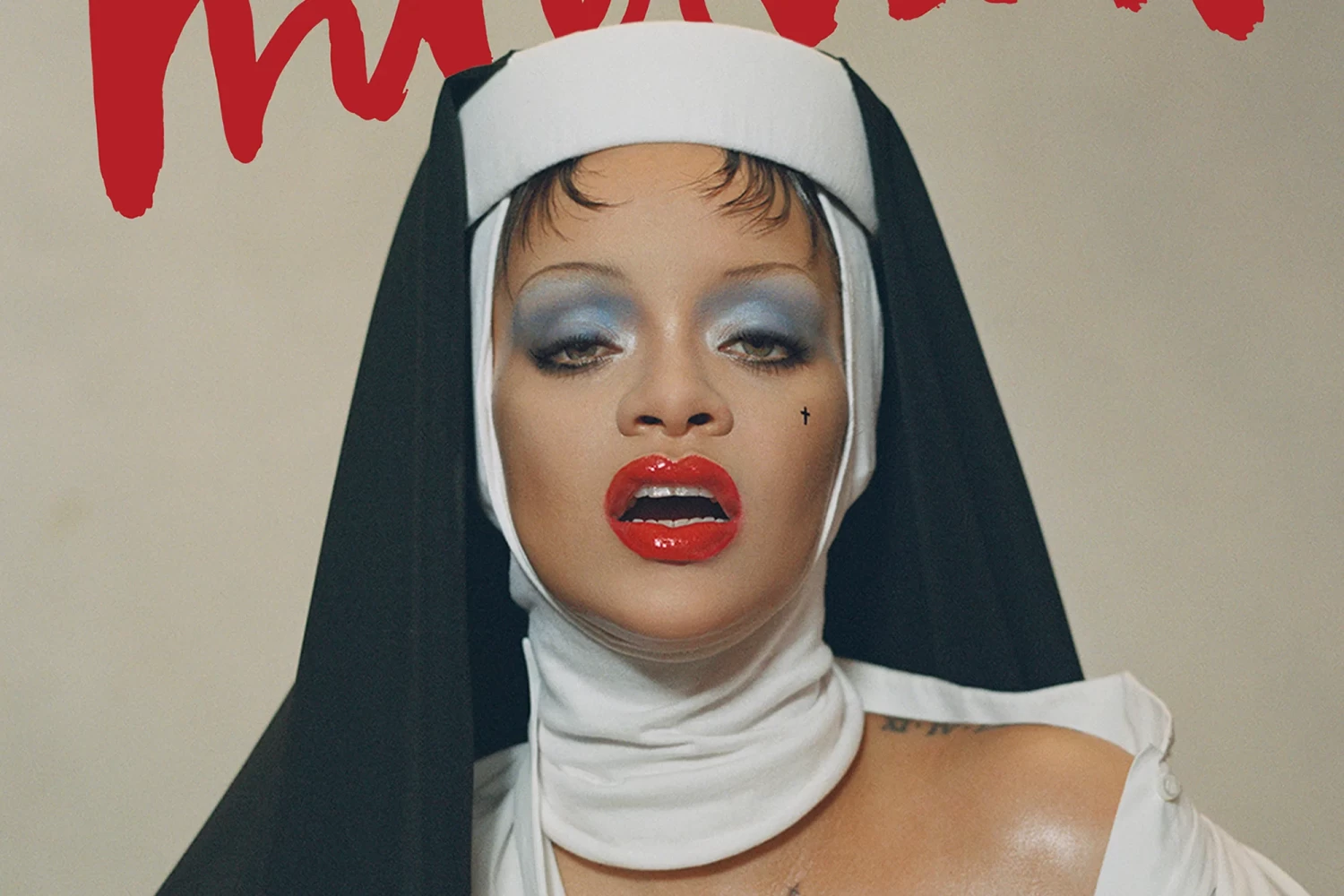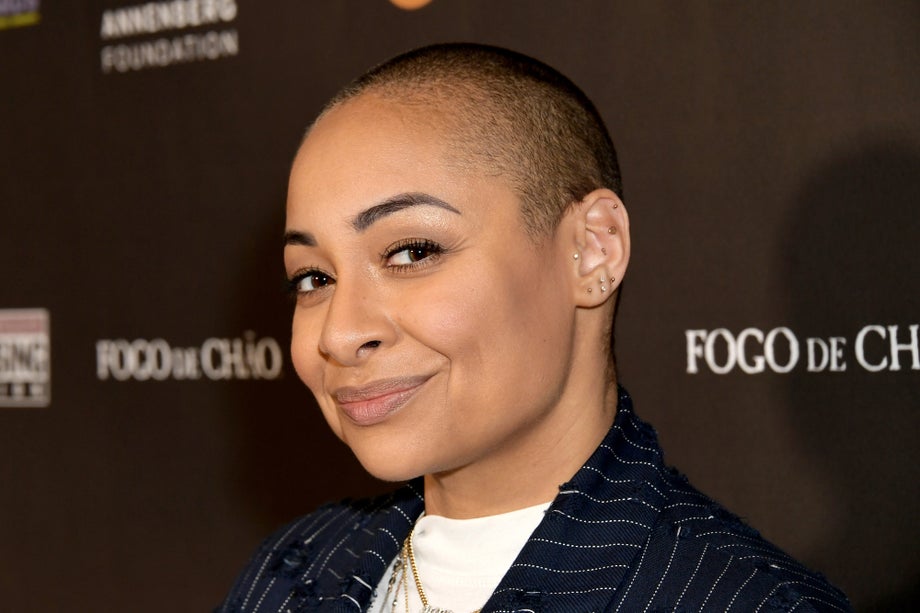This article is more than
1 year oldGina Lollobrigida obituary
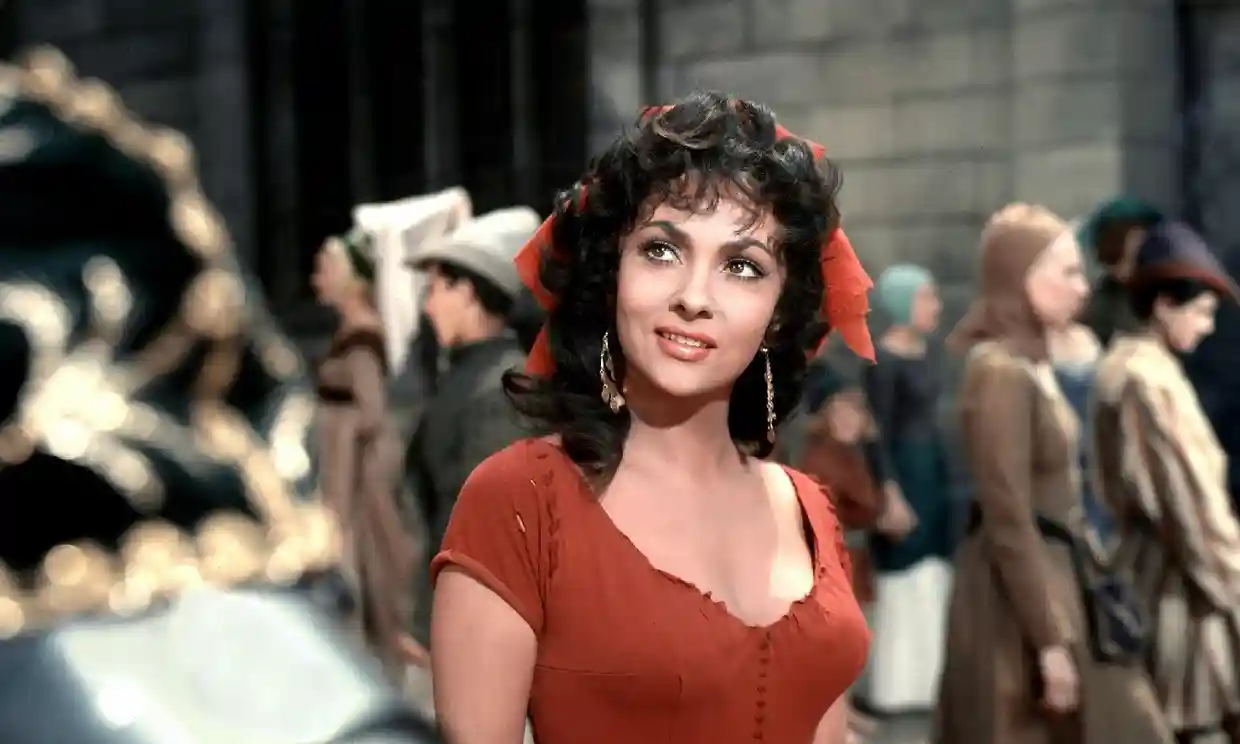
The actor Gina Lollobrigida, who has died aged 95, was one of the great film stars of the 1950s and 60s, and an icon of Italian cinema who became known as “the most beautiful woman in the world”.
The movie that launched her as a sex symbol was Altri Tempi (Infidelity, 1952), an anthology film directed by Alessandro Blasetti, in which Vittorio De Sica was the lawyer who defends the honour of a woman (Lollobrigida) accused of being too sexy. She was signed up the following year to play opposite Errol Flynn in Crossed Swords and in what was to become a cult movie, John Huston’s tongue-in-cheek adventure yarn Beat the Devil, in which she co-starred with Humphrey Bogart and Jennifer Jones.
The film that immortalised her sultry qualities more than any other was Luigi Comencini’s Pane, Amore e Fantasia (Bread, Love and Dreams, 1953). Her character La Bersagliera’s sincere love for the shy but honest young cop in preference to the extrovert sergeant major played with panache by De Sica made her popular with audiences everywhere, and a pin-up around the world, although the film was panned by most critics.
In October 1954, it was the hit of Italian film week in London, where Lollobrigida was presented to the Queen. The Guardian critic described the film as “a charming piece”. Lollobrigida was upstaged a bit at the premiere by a new rival, Sophia Loren, who wore a daringly lowcut neckline in the royal presence. Comencini directed Lollobrigida again as La Bersagliera in Bread, Love and Jealousy, a sequel that was as successful as the first film, but both she and Comencini declined to make a third film, and Loren eagerly took her place. The “rivalry” between the two stars was to last for decades.
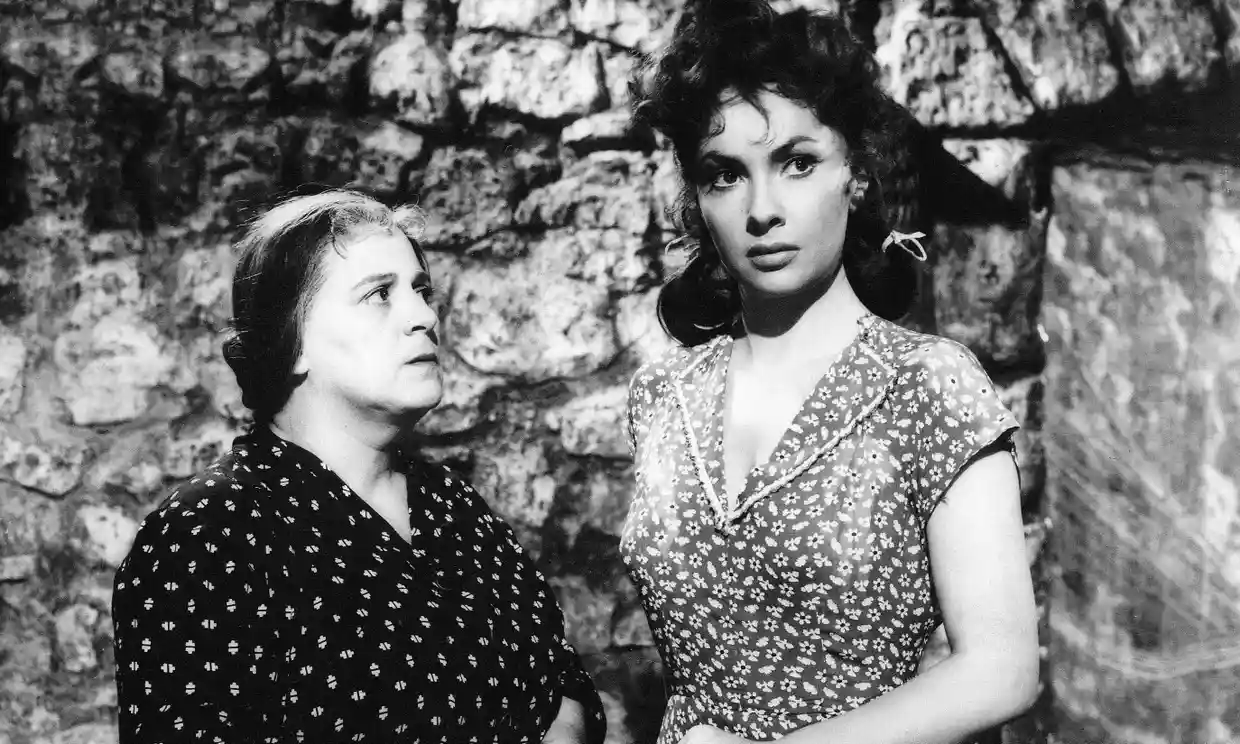
One of four daughters of Giovanni, a furniture maker, and his wife, Giuseppina (nee Mercuri), Lollobrigida was born in a mountain village, Subiaco, about 40 miles from Rome, famous for its Benedictine abbey. The family moved to Rome after the second world war and lived six in a room. Gina got a job as an artist’s model and, as she needed money to pay for singing lessons, accepted work as a film extra. Later, when she played the singer Lina Cavalieri, a famous beauty of the early years of the century, in La Donna Più Bella del Mondo (The Most Beautiful Woman in the World), she proved the singing lessons had not been wasted, and herself sang an aria from Tosca.
Her first Italian film role was in 1946 in Aquila Nera (Black Eagle) made by one of the best commercial directors and star-scouts of those years, Riccardo Freda. In 1947 she came third in the Miss Italy beauty contest. An opera film, Pagliacci (1948), in which she played opposite Tito Gobbi, was seen by Hollywood talent scouts and the film magnate Howard Hughes invited her to the US. In 1949 she married Milko Skofic, a Yugoslav medical student who later became her manager, but he could not get an American visa, so Lollobrigida had to go to the US alone.
Hughes did not want to see her European films. “Her career starts now she’s in Hollywood,” he declared. She was given a chauffeured Cadillac and villa with a pool, as well as teachers of English and elocution. And Hughes began his courtship.
When he heard that Hughes had taken her to Las Vegas and proposed that she get a divorce before signing a contract, Milko sent her a cable: “Either sign or come home.” She went home, and Milko found her a part in a film about the Resistance, Achtung! Banditi! (1951), by one of his communist friends, Carlo Lizzani.
The “new” ltalian cinema seemed to be on the brink of discovering her at last, but the French got in first. Christian-Jacque cast her as the gypsy girl in Fanfan la Tulipe (1951) and René Clair chose her as one of the stars of Les Belles de Nuit (1952), in both of which the leading man was the new French idol Gérard Philipe.
Lollobrigida won the best actress award at the newly established Italian Golden Goblet awards for her 1953 performance in La Provinciale (The Provincial Girl), based on an Alberto Moravia story. Although she was disappointed that her performance in the title role of La Romana (The Woman of Rome), the film of Moravia’s famous novel about a Roman sex worker who falls in love with an antifascist militant, failed to get her the best actress award at the Venice festival in 1954, she was, however, mobbed by the crowds and the media.
Lollobrigida was to star opposite great leading men including Burt Lancaster (in Trapeze, 1956), Anthony Quinn (in Jean Delannoy’s The Hunchback of Notre Dame, 1956), Yul Brynner (in Solomon and Sheba, 1959) and Sean Connery (in Woman of Straw, 1964), but she continued to appear in European films, such as the elegant historical epic Venere Imperiale (Imperial Venus, 1963), in which she played Napoleon’s sister Paolina. In Buona Sera, Mrs Campbell (1968), she played on her early peasant image, as an Italian woman who convinces each of three former American GIs (Phil Silvers, Peter Lawford and Telly Savalas) that he is the father of her daughter, and won best actress at the David di Donatello awards for her performance.
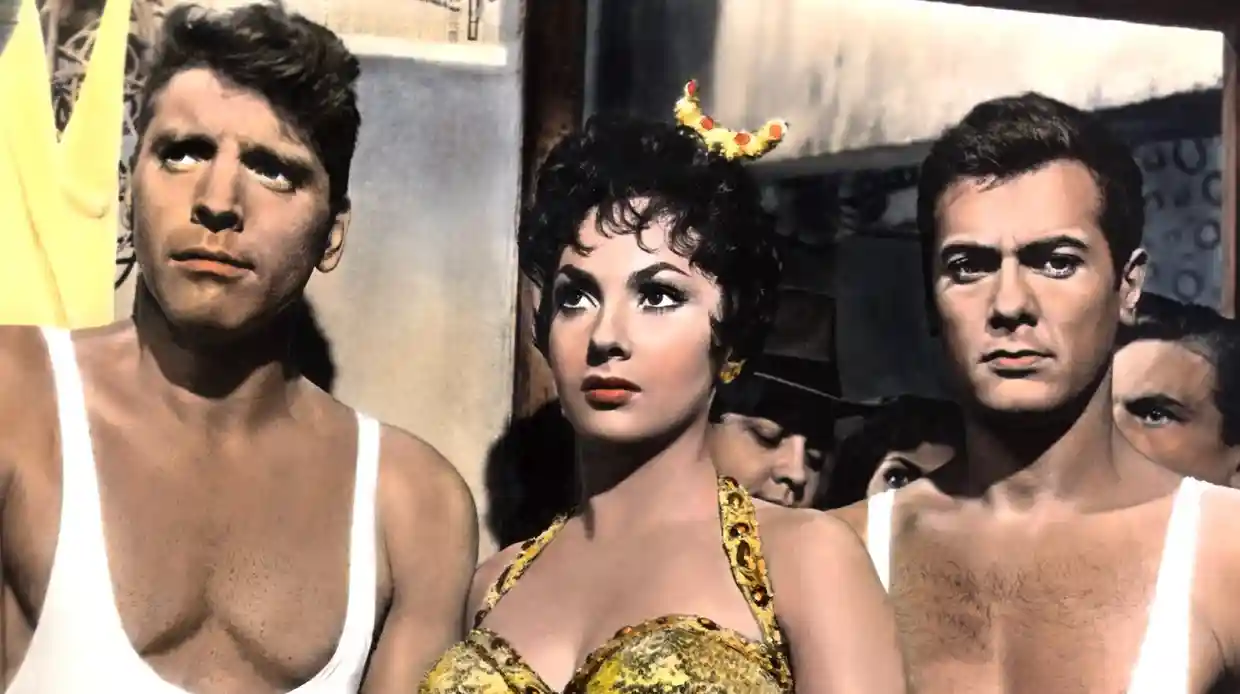
In 1972 she was much appreciated in a rare TV appearance as the Blue Fairy in an adaptation of Pinocchio for Italian television by Comencini. In 1981 she appeared in an episode of Falcon Crest and in 1988 agreed to appear in a remake for TV of The Woman of Rome, this time playing the sex worker’s mother. But as her acting roles became fewer, she dedicated most of her time to photography, art and sculpture.
In 1997 she appeared in the French comedy XXL. In 2011 she was a guest artist in a film directed by an Italian TV comedian, Ezio Greggio, called Box Office 3D, about the excesses of American cinema. She also appeared for the first time in a film with Loren, a documentary about the fashion stylist of the Dolce Vita years Emilio Schuberth, of whom both had been customers.
Her first marriage ended in divorce in 1971. In 2006 she announced that she was to marry Javier Rigau y Rafols, but there was doubt about the legality of the ceremony. Lollobrigida is survived by her son, Milko Jr, and a grandson, Dimitri.
Gina (Luigina) Lollobrigida, actor, born 4 July 1927; died 16 January 2023
John Francis Lane died in 2018
Keywords
<p>Chinese officials say they "firmly oppose" the platform being divested.</p>
TikTok ban now ‘inevitable’
Israel Iran attack: Damage seen at air base in Isfahan
Ukraine ‘will have a chance at victory’ with new US aid, Zelenskyy says
Who will be Trump’s VP? A shortlist
Ukraine war: Kyiv uses longer-range US missiles for first time
House passes potential TikTok ban that could speed through Senate
How soon could US ban TikTok after Congress approved bill?
Caught between Israel and Iran, Jordan clings desperately to stability
Taylor Swift broke Spotify record with new album
